Home>Furniture & Design>Bathroom Accessories>What Is A Bathtub Diverter
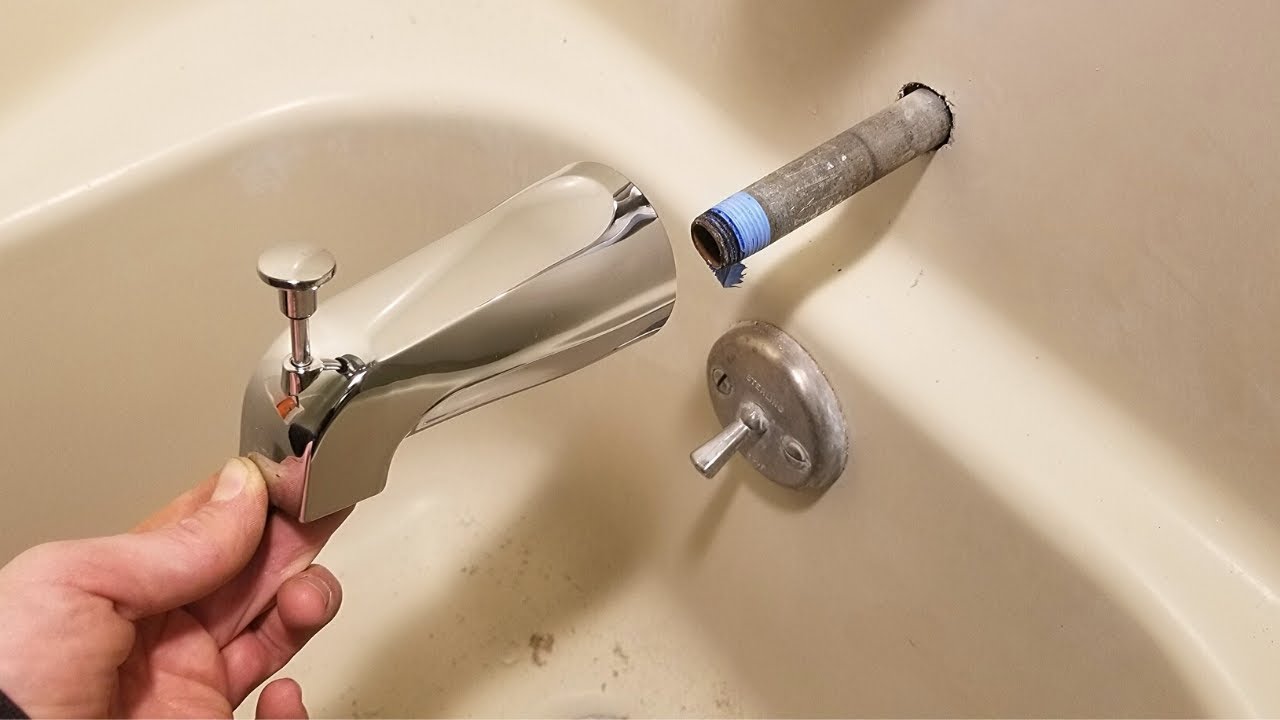

Bathroom Accessories
What Is A Bathtub Diverter
Modified: October 19, 2024
Learn about bathtub diverters and how they can enhance your bathroom experience. Find the best bathroom accessories for your needs.
(Many of the links in this article redirect to a specific reviewed product. Your purchase of these products through affiliate links helps to generate commission for Storables.com, at no extra cost. Learn more)
Introduction
When it comes to creating a relaxing and functional bathroom space, every detail matters. From the choice of tiles to the selection of fixtures, each element contributes to the overall ambiance and usability of the room. Among the essential components of a modern bathroom is the bathtub diverter, a small yet crucial part that plays a significant role in the functionality of the bathtub and shower combination.
The bathtub diverter is a fundamental part of the plumbing system that allows users to switch the flow of water between the bathtub faucet and the showerhead. This simple yet ingenious device provides the convenience of seamlessly transitioning from a soothing bath to an invigorating shower, enhancing the overall bathing experience.
Understanding the importance of the bathtub diverter is essential for homeowners and individuals involved in bathroom renovations or maintenance. Whether you are a homeowner looking to troubleshoot a plumbing issue or a professional in the home improvement industry, having a comprehensive understanding of the bathtub diverter can help you make informed decisions and ensure the optimal performance of your bathroom fixtures.
In the following sections, we will delve into the intricacies of the bathtub diverter, exploring its definition, functionality, types, common issues, and solutions for repair or replacement. By gaining insights into these aspects, you will be better equipped to address any issues related to the bathtub diverter and make informed choices when it comes to maintaining or upgrading your bathroom space.
Key Takeaways:
- The bathtub diverter is like a traffic cop for water, directing it between the bathtub faucet and the showerhead. It’s crucial for a smooth transition from bath to shower, enhancing the bathing experience.
- There are different types of bathtub diverters, each with unique features. Common issues like leaks and blockages can be fixed with cleaning, maintenance, and replacement if needed.
Read more: What Is A Diverter In Plumbing
Definition of Bathtub Diverter
The bathtub diverter is a vital plumbing component designed to control the flow of water in a bathtub and shower combination. It serves as a switch that directs the water flow between the bathtub faucet and the showerhead, allowing users to easily alternate between filling the tub and activating the shower. This functionality is achieved through a simple yet ingenious mechanism that is integrated into the plumbing system of the bathtub.
At its core, the bathtub diverter operates on the principle of redirecting water flow based on the user's preference. When the diverter is engaged, it effectively blocks the flow of water to the bathtub faucet and redirects it to the showerhead, enabling the shower to be activated. Conversely, disengaging the diverter allows the water to flow through the bathtub faucet, facilitating the filling of the tub for a relaxing bath.
The design of the bathtub diverter typically involves a lever or knob that can be manipulated to control the flow of water. This user-friendly interface allows individuals to effortlessly transition between bathing and showering, enhancing the overall convenience and functionality of the bathroom space.
In essence, the bathtub diverter serves as a pivotal element in modern bathrooms, offering a seamless solution for accessing both bathing and showering facilities within a single fixture. Its intuitive design and practical utility make it an indispensable part of the plumbing infrastructure, contributing to the comfort and versatility of the bathing experience.
By understanding the definition and purpose of the bathtub diverter, homeowners and professionals alike can appreciate its significance in the overall functionality of the bathroom. This knowledge forms the foundation for addressing any issues related to the bathtub diverter and making informed decisions regarding its maintenance, repair, or replacement.
How Bathtub Diverter Works
The functionality of a bathtub diverter is rooted in its ability to control the flow of water within a bathtub and shower combination. When a user desires to switch between filling the tub and activating the shower, the bathtub diverter comes into play, facilitating a seamless transition between these two functions.
The operation of the bathtub diverter is relatively straightforward yet ingenious. Typically, the diverter is integrated into the bathtub faucet assembly, allowing users to manipulate its mechanism through a lever or knob. When the diverter is in its default position, the water flows from the faucet and into the bathtub, enabling the tub to be filled for a relaxing bath. Upon engaging the diverter, either by pulling up on the diverter knob or pushing a lever, the flow of water is redirected from the faucet to the showerhead, initiating the shower function.
The internal mechanism of the bathtub diverter is designed to achieve this redirection of water flow seamlessly. When the diverter is activated, it effectively blocks the flow of water to the bathtub faucet and diverts it to the showerhead, allowing the user to enjoy the invigorating experience of a shower. Conversely, disengaging the diverter restores the flow of water to the bathtub faucet, enabling the tub to be filled or facilitating other bathing activities.
The practical utility of the bathtub diverter lies in its ability to provide a convenient and efficient means of accessing both bathing and showering facilities within a single fixture. This seamless transition between functions enhances the overall usability and versatility of the bathroom space, catering to the diverse preferences and needs of users.
In essence, the bathtub diverter operates as a pivotal component of the plumbing system, offering a user-friendly solution for controlling water flow in a bathtub and shower combination. Its intuitive design and straightforward functionality contribute to the overall comfort and convenience of the bathing experience, making it an indispensable part of modern bathrooms.
By understanding how the bathtub diverter works, individuals can appreciate its role in facilitating a smooth transition between bathing and showering, enhancing the functionality of the bathroom space. This knowledge forms the foundation for addressing any issues related to the bathtub diverter and making informed decisions regarding its maintenance, repair, or replacement.
Types of Bathtub Diverter
Bathtub diverters come in various types, each offering unique features and functionalities to cater to different preferences and plumbing configurations. Understanding the different types of bathtub diverters is essential for homeowners and professionals, as it enables them to select the most suitable option for their specific needs. Here are the common types of bathtub diverters:
-
Diverter Tub Spout: This type of diverter is integrated into the tub spout itself. When the diverter is engaged, it redirects the water flow from the spout to the showerhead, allowing the user to activate the shower function. Diverter tub spouts are often found in traditional tub and shower combinations and are operated by lifting a knob or pulling up on the spout to initiate the shower.
-
Diverter Valve: A diverter valve is a more versatile option that can be installed in various configurations, such as three-valve diverter systems or two-in-one showerhead and handheld shower diverter valves. These valves are designed to control the flow of water between different outlets, allowing users to switch between a fixed showerhead and a handheld shower or between multiple showerheads.
-
Diverter Cartridge: This type of diverter is commonly found in single-handle faucets and offers a convenient way to switch between the bathtub faucet and the showerhead. The diverter cartridge is designed to be easily manipulated through the faucet handle, providing a seamless transition between filling the tub and activating the shower.
-
Diverter Tee: Diverter tees are often used in more complex plumbing configurations, such as those involving multiple showerheads or body sprays. These tees are installed within the plumbing system to direct the water flow to different outlets, allowing for customized shower experiences with various water delivery options.
-
Diverter Knob or Lever: This type of diverter is characterized by a knob or lever that is manually operated to control the flow of water. It is commonly found in traditional tub and shower setups, offering a straightforward and user-friendly mechanism for switching between the bathtub faucet and the showerhead.
By familiarizing themselves with the different types of bathtub diverters, individuals can make informed decisions when selecting or maintaining these essential plumbing components. Each type offers distinct advantages and functionalities, catering to a diverse range of preferences and plumbing configurations. This knowledge empowers homeowners and professionals to optimize the functionality of their bathtub and shower combinations, ensuring a satisfying bathing experience.
When using a bathtub diverter, make sure to pull up on the diverter to direct water to the showerhead, and push it down to fill the tub. If it’s not working, it may need to be replaced.
Common Issues with Bathtub Diverter
The bathtub diverter, despite its essential role in controlling water flow between the bathtub faucet and the showerhead, is susceptible to a range of common issues that can affect its performance and functionality. Understanding these issues is crucial for homeowners and professionals, as it enables them to identify and address potential problems in a timely manner, ensuring the optimal operation of the bathtub diverter. Here are some of the most prevalent issues associated with bathtub diverters:
-
Diverter Failure: Over time, the internal components of the bathtub diverter, such as seals and gaskets, may deteriorate, leading to diverter failure. This can result in the inability to fully redirect water flow to the showerhead or the occurrence of leaks, compromising the effectiveness of the diverter.
-
Water Leakage: Leakage around the diverter area is a common issue that can arise due to worn-out seals or improper installation. Water leakage not only leads to water wastage but also contributes to potential water damage to the surrounding areas, necessitating prompt attention and resolution.
-
Inadequate Water Flow Switching: A malfunctioning bathtub diverter may exhibit inadequate or inconsistent switching of water flow between the bathtub faucet and the showerhead. This can manifest as partial redirection of water or difficulty in engaging or disengaging the diverter, impacting the user's ability to access the desired bathing or showering function seamlessly.
-
Blockage and Clogging: Accumulation of mineral deposits, debris, or sediment within the diverter assembly can impede its smooth operation, leading to blockage and clogging issues. This can hinder the proper redirection of water flow and result in reduced water pressure or irregular water distribution during shower activation.
-
Corrosion and Rust: In regions with hard water or in instances where the bathtub diverter is exposed to moisture and humidity, corrosion and rust can develop on the diverter components. This not only compromises the structural integrity of the diverter but also impedes its smooth movement, affecting its overall performance.
-
Handle or Knob Malfunction: The handle or knob used to operate the bathtub diverter may experience wear and tear, leading to issues such as difficulty in turning, loosening, or outright breakage. A malfunctioning handle or knob can hinder the user's ability to control the water flow effectively.
-
Improper Installation: Incorrect installation of the bathtub diverter, including improper alignment, inadequate sealing, or incompatible fittings, can give rise to operational issues and compromise the overall functionality of the diverter.
Addressing these common issues with the bathtub diverter requires a systematic approach, including thorough inspection, identification of the underlying cause, and appropriate remedial measures. By proactively addressing these issues, homeowners and professionals can ensure the smooth operation of the bathtub diverter, contributing to an enhanced bathing experience and the long-term integrity of the plumbing system.
How to Repair or Replace Bathtub Diverter
Repairing or replacing a malfunctioning bathtub diverter is essential for restoring the optimal functionality of the bathtub and shower combination. Whether addressing issues such as diverter failure, water leakage, or inadequate water flow switching, the process of repairing or replacing the bathtub diverter involves systematic steps to ensure a successful outcome. Here's a comprehensive guide on how to effectively repair or replace a bathtub diverter:
Repairing the Bathtub Diverter
-
Assessment and Inspection: Begin by assessing the specific issue affecting the bathtub diverter. This involves inspecting the diverter assembly for signs of wear, damage, or blockage. Identify the root cause of the problem to determine the appropriate repair approach.
-
Cleaning and Maintenance: If the issue is related to blockage or clogging, clean the diverter assembly thoroughly to remove any accumulated debris, mineral deposits, or sediment. Use a suitable cleaning solution and a brush to ensure the internal components are free from obstructions.
-
Replacement of Seals and Gaskets: In cases of diverter failure or water leakage, consider replacing the seals and gaskets within the diverter assembly. These components are crucial for maintaining a watertight seal and ensuring the effective redirection of water flow.
-
Lubrication and Adjustment: Apply a lubricant to the moving parts of the diverter to facilitate smooth operation. Additionally, make any necessary adjustments to the diverter mechanism to ensure proper engagement and disengagement.
-
Testing: After performing the repairs, test the bathtub diverter to verify its functionality. Run water through the diverter and observe the switching of water flow between the bathtub faucet and the showerhead to confirm that the issue has been resolved.
Replacing the Bathtub Diverter
-
Dismantling the Diverter Assembly: If the bathtub diverter requires replacement due to irreparable damage or extensive wear, begin by dismantling the existing diverter assembly. This may involve removing the tub spout, faucet handle, or other components to access the diverter mechanism.
-
Selection of Replacement Diverter: Choose a suitable replacement diverter that is compatible with the existing plumbing configuration and fixtures. Consider consulting a professional or referring to the manufacturer's specifications to ensure the correct fit.
-
Installation of New Diverter: Install the new diverter according to the manufacturer's guidelines, ensuring proper alignment and secure fitting. Pay attention to the placement of seals, gaskets, and any accompanying components to maintain the integrity of the plumbing system.
-
Testing and Adjustment: Once the new diverter is installed, test the water flow switching to confirm its functionality. Make any necessary adjustments to the installation to ensure smooth operation and a watertight seal.
-
Reassembly and Finishing: Reassemble the components of the bathtub and shower combination, including the tub spout and faucet handle, to complete the replacement process. Verify that all connections are secure and that the diverter operates as intended.
By following these steps for repairing or replacing the bathtub diverter, homeowners and professionals can effectively address issues related to diverter functionality and ensure the seamless operation of the bathtub and shower combination. Proactive maintenance and timely repairs contribute to the longevity and reliability of the plumbing system, enhancing the overall bathing experience.
Frequently Asked Questions about What Is A Bathtub Diverter
Was this page helpful?
At Storables.com, we guarantee accurate and reliable information. Our content, validated by Expert Board Contributors, is crafted following stringent Editorial Policies. We're committed to providing you with well-researched, expert-backed insights for all your informational needs.
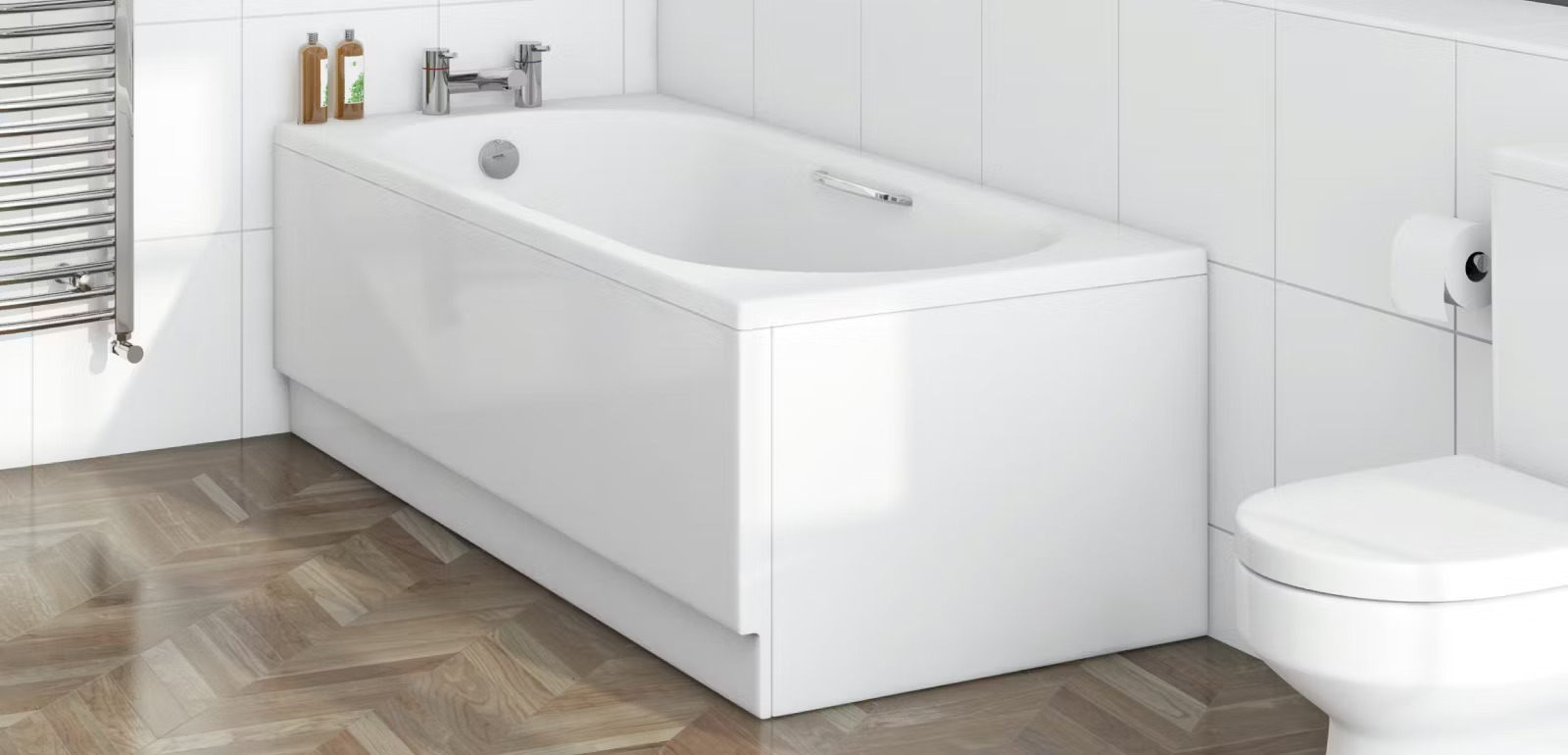
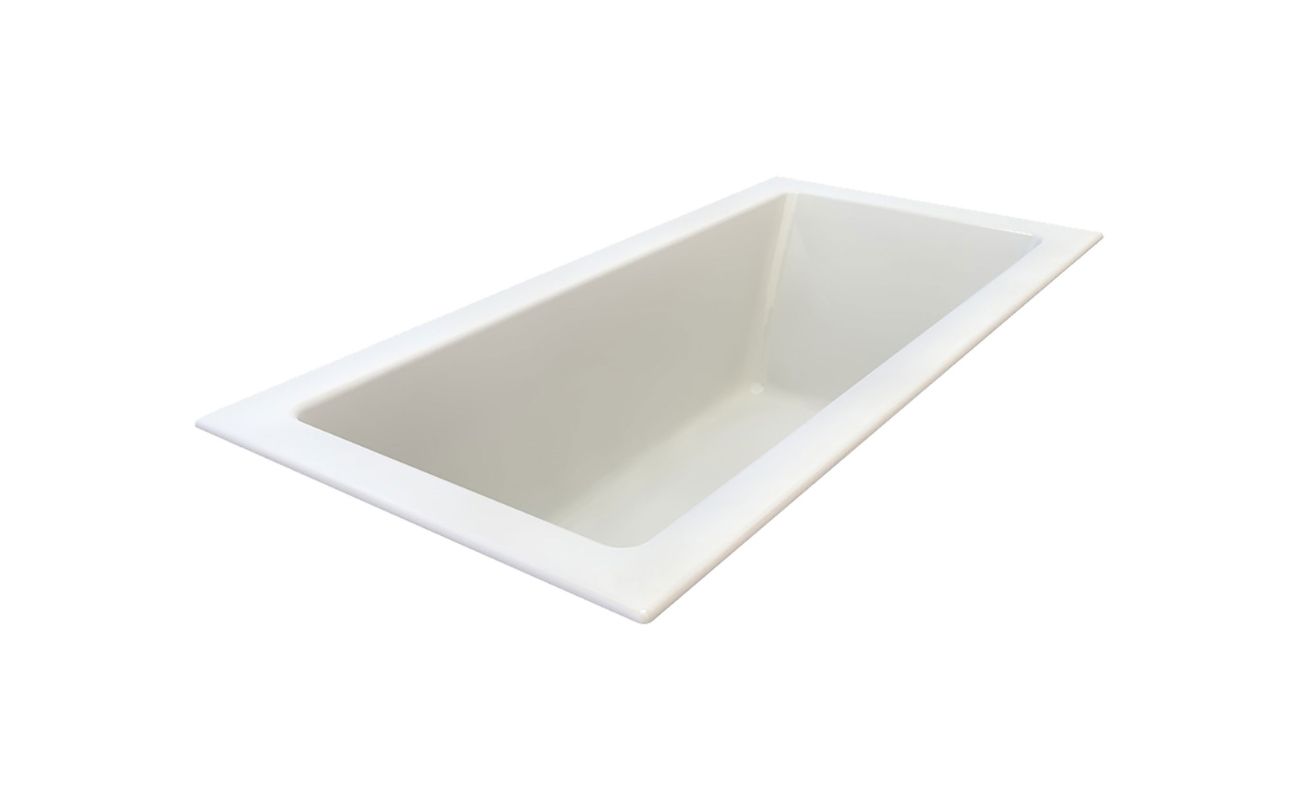
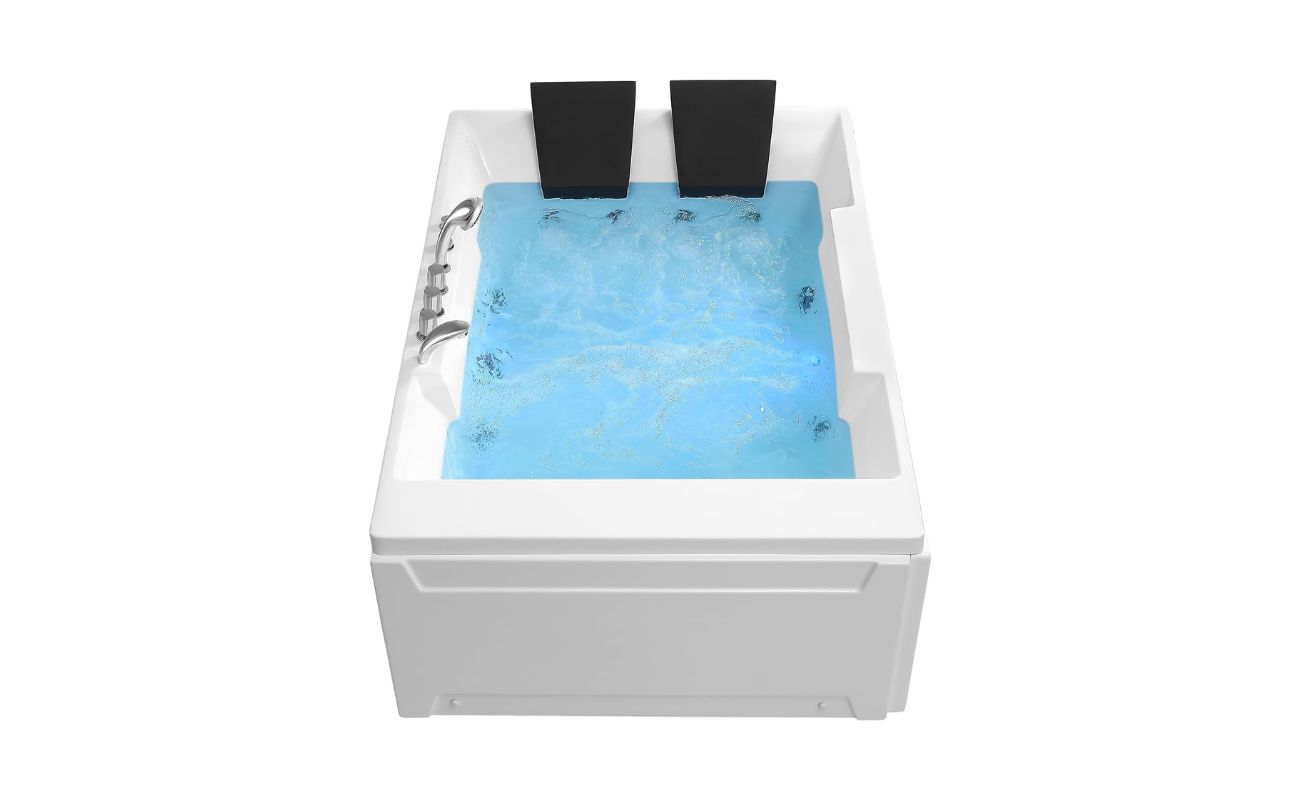

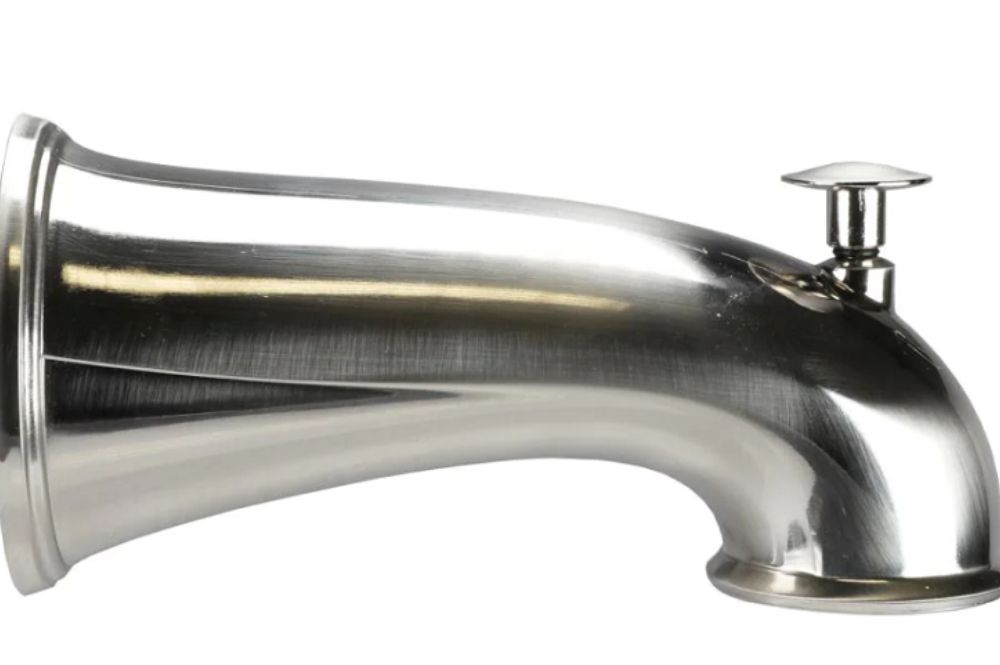
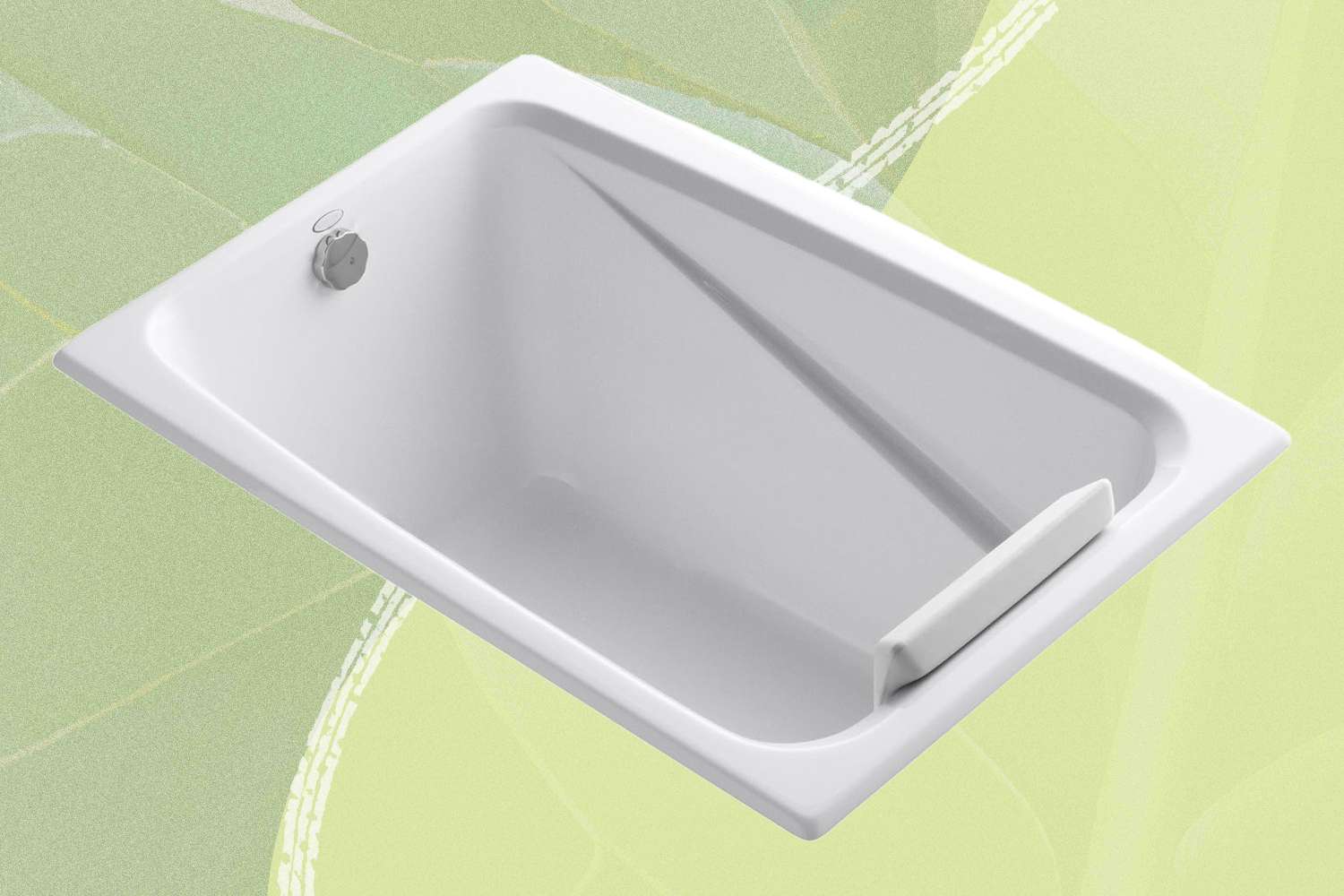

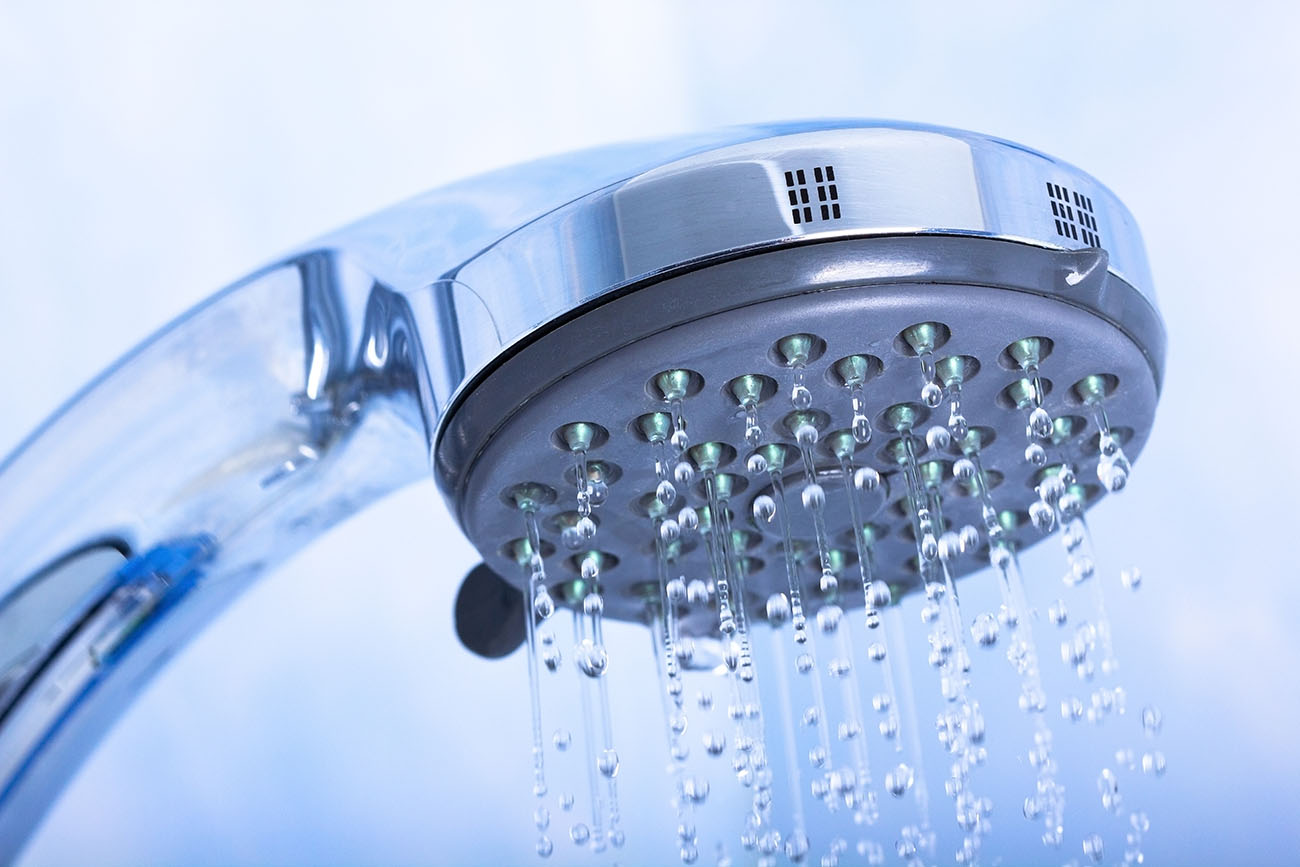
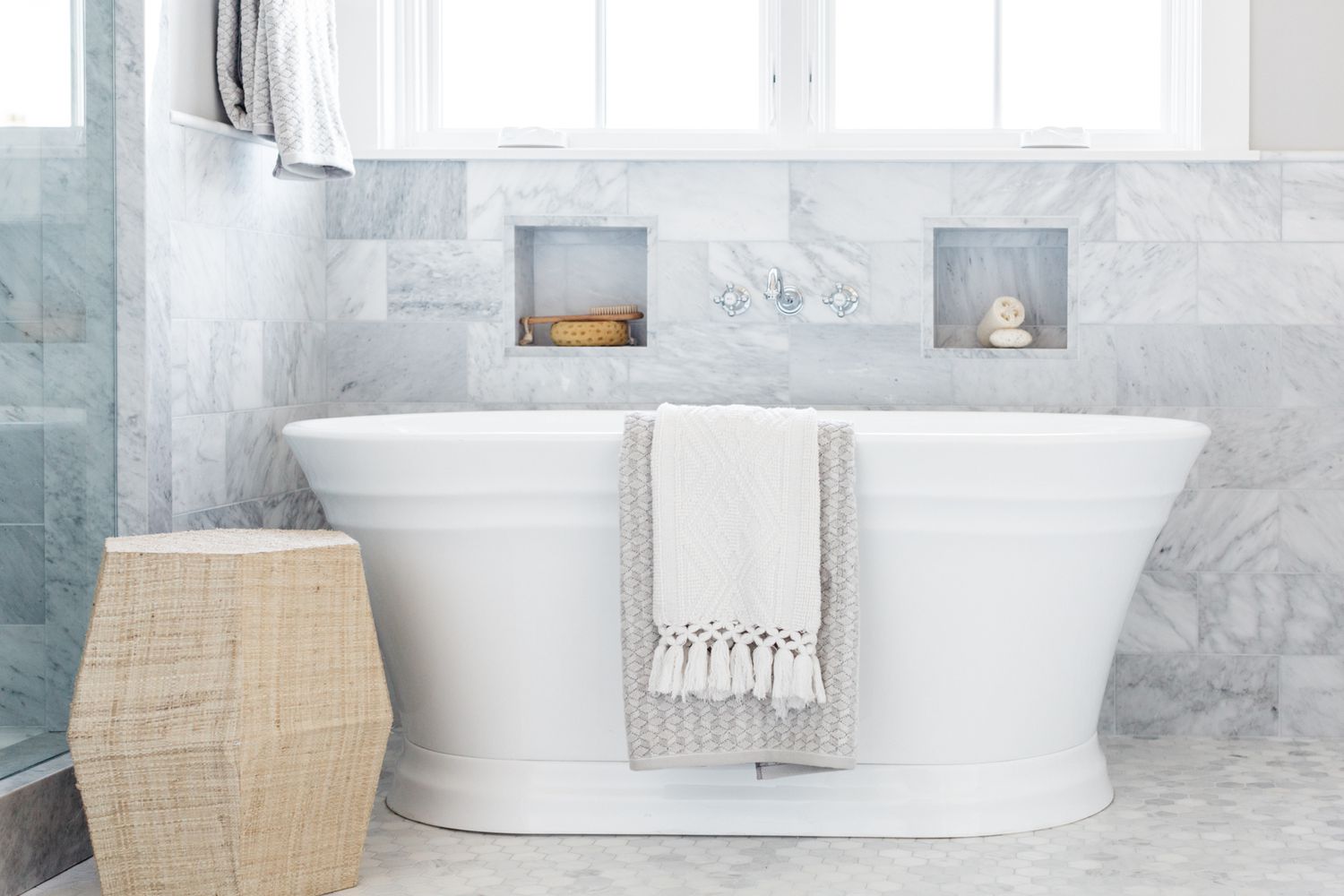
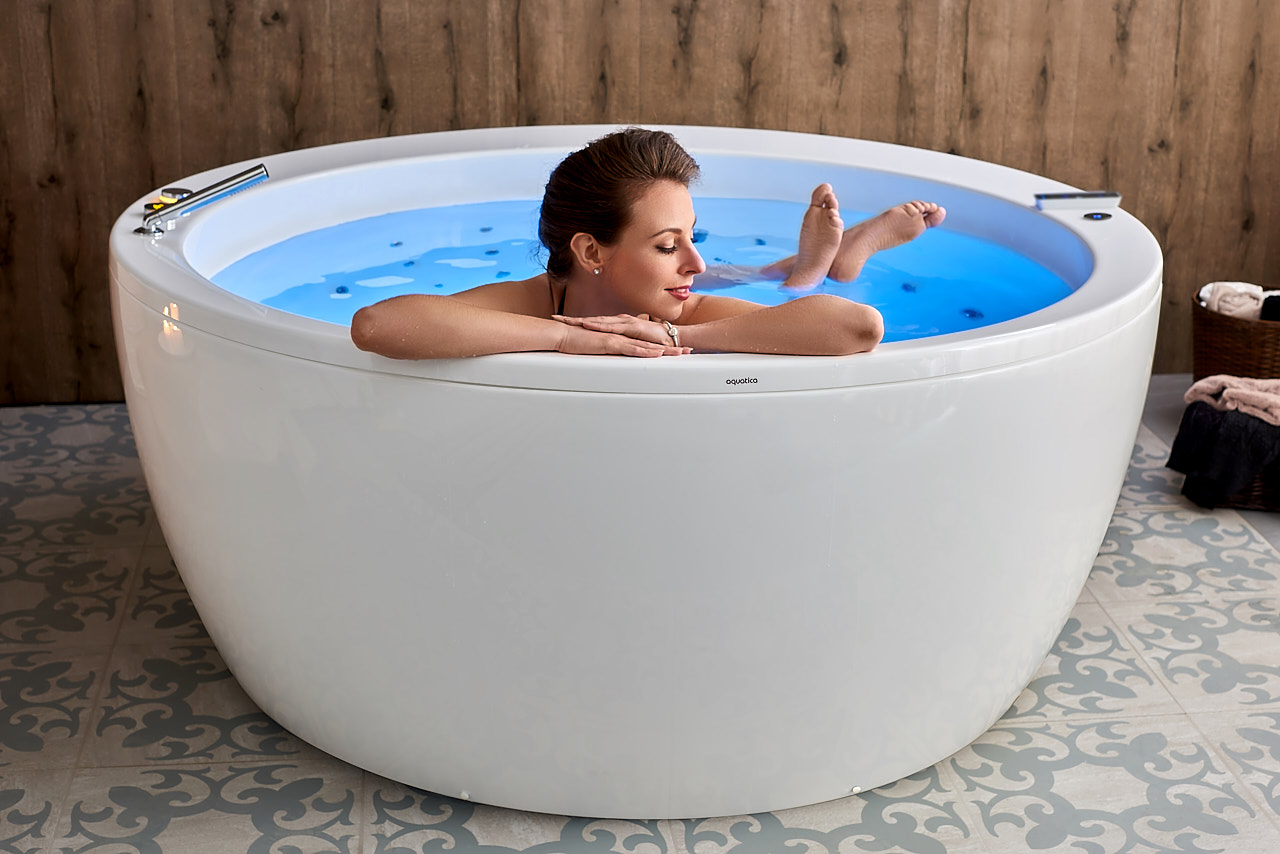
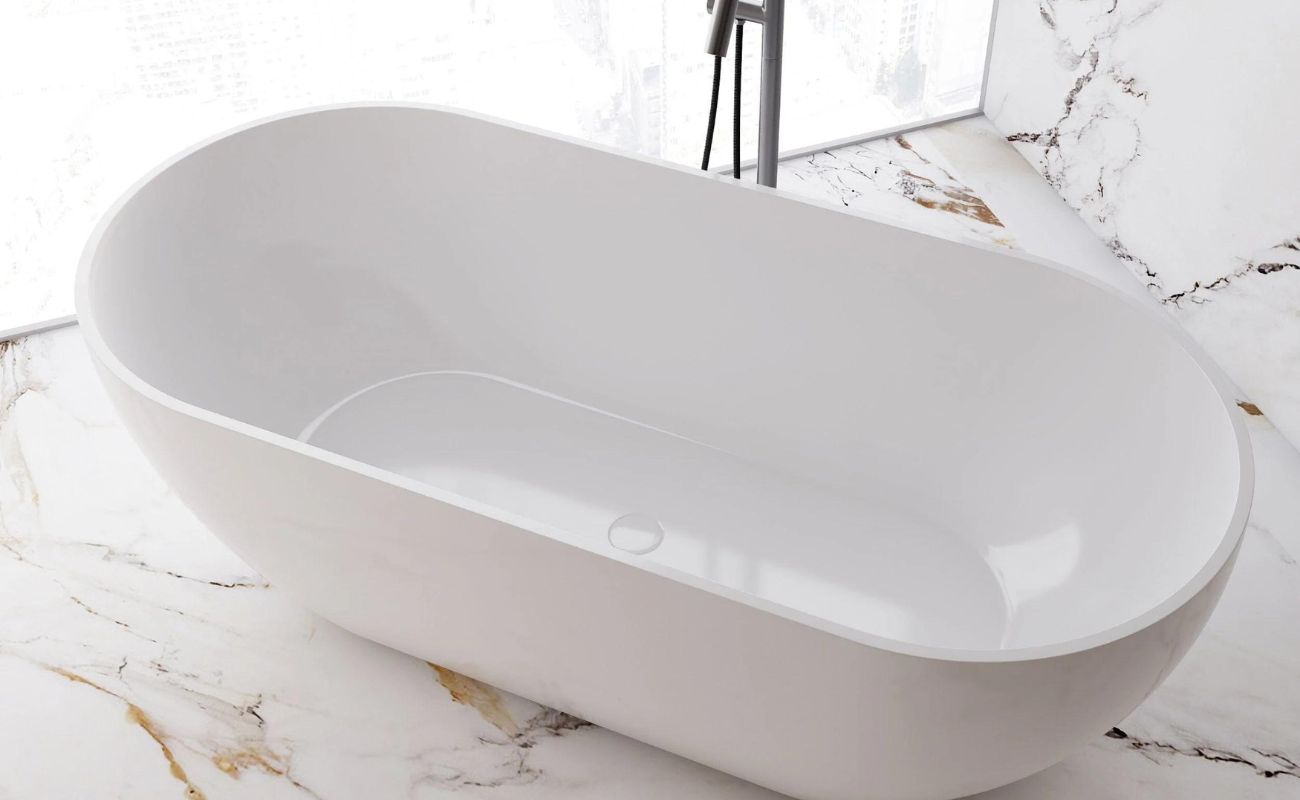
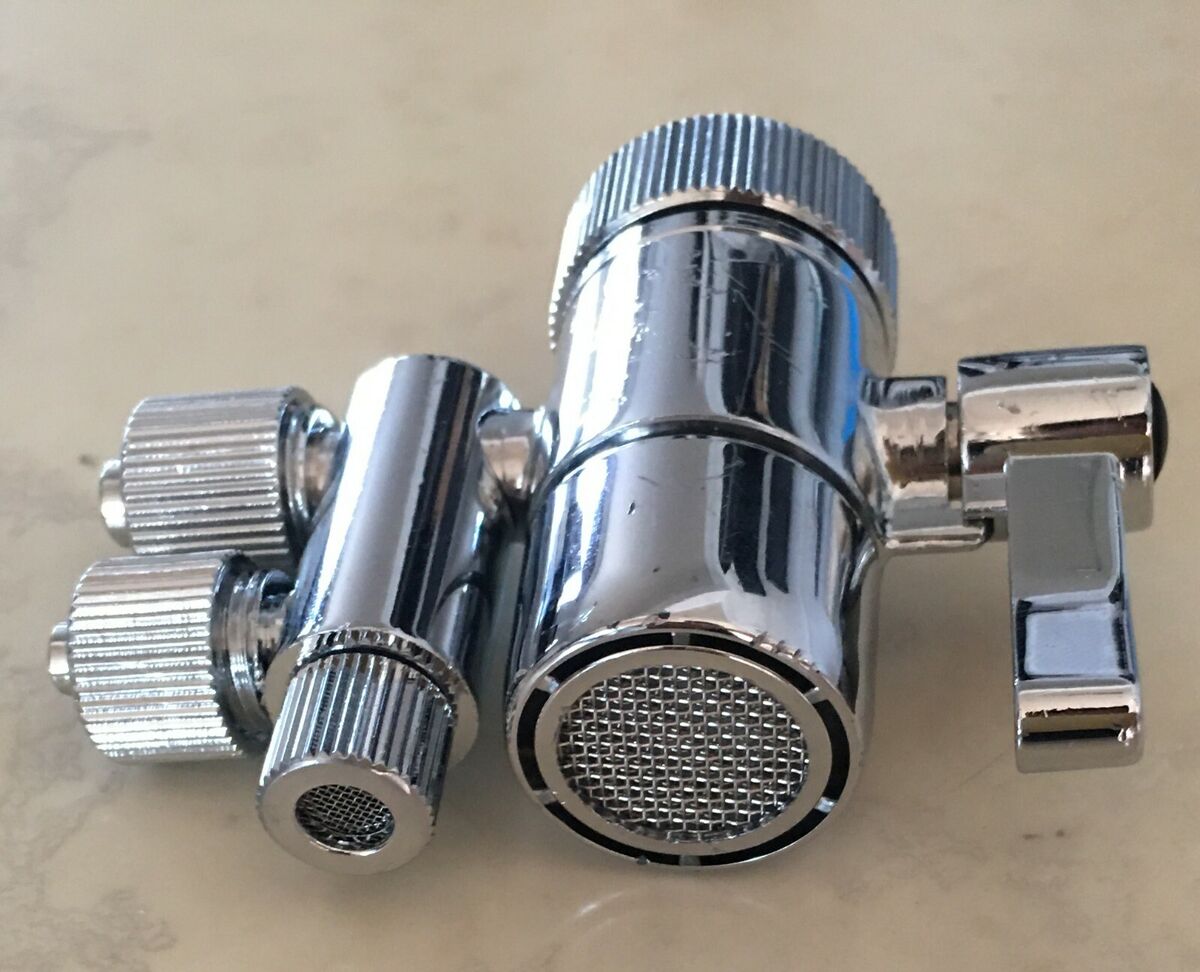
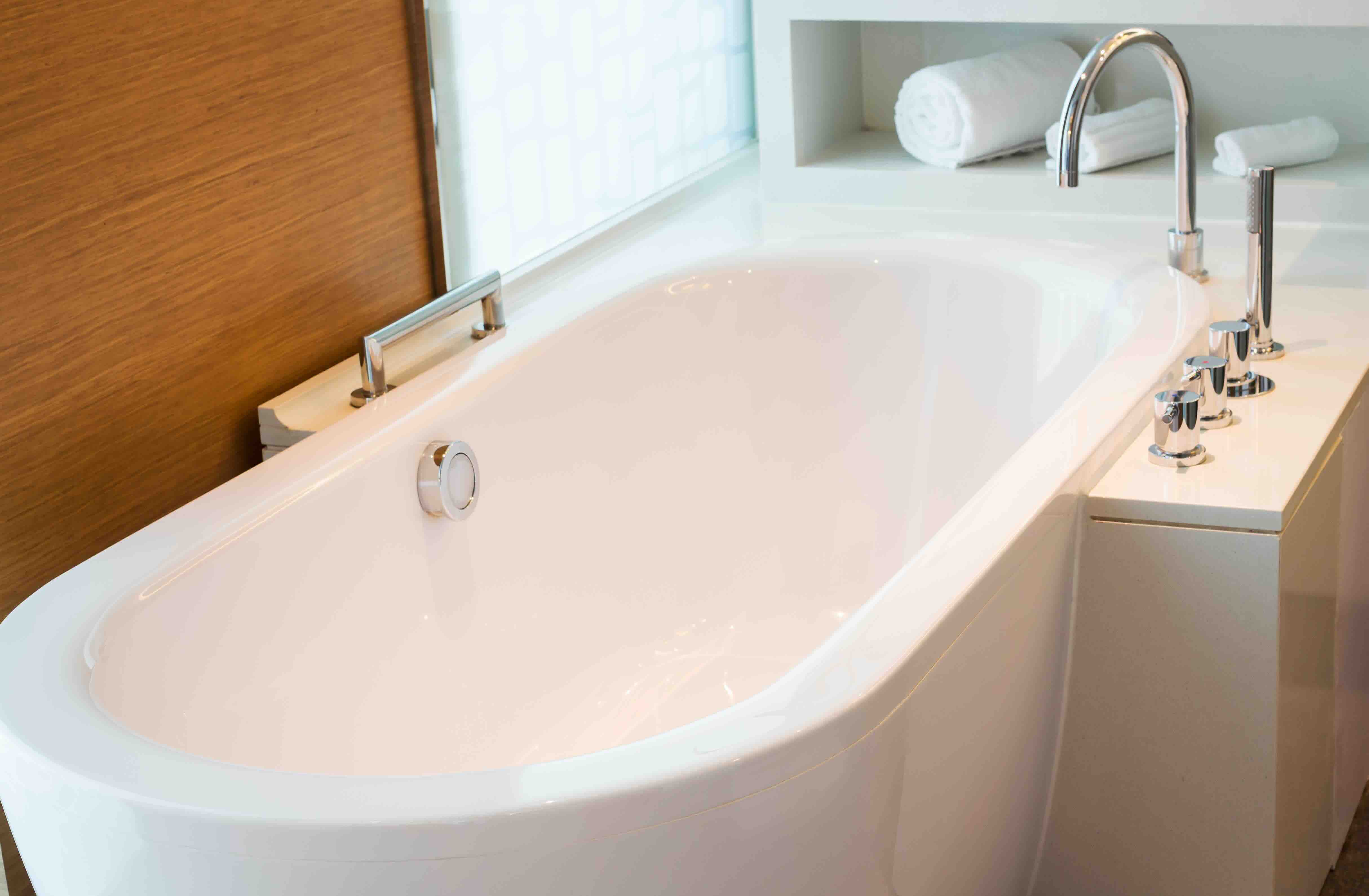
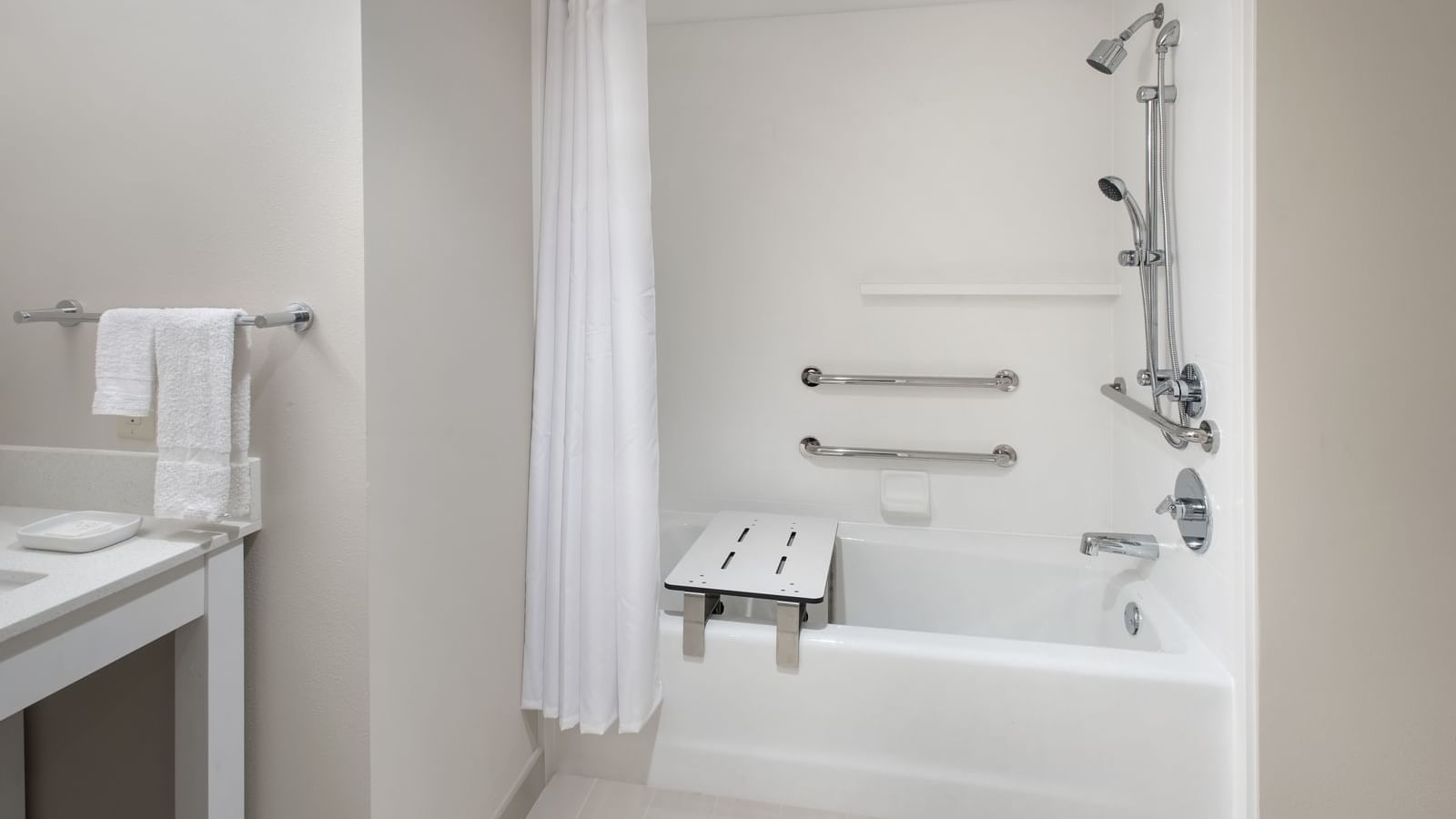

0 thoughts on “What Is A Bathtub Diverter”